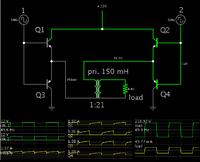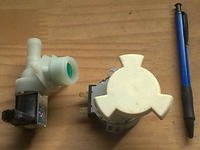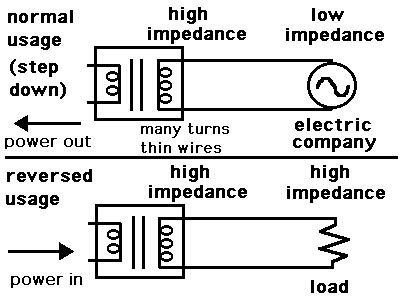erchiu
Member level 5
- Joined
- Apr 7, 2012
- Messages
- 93
- Helped
- 2
- Reputation
- 4
- Reaction score
- 1
- Trophy points
- 1,288
- Location
- Rome - Italy
- Activity points
- 2,082
hi at all,
i am realizing an electric circuit where there are two components that need of 220 vac supply but i have only an 12v dc supply provided from an battery
these components are one electric valve (7w/220vac) and little motor (4w/220vac) and must operate for several seconds.
how i can do for use this components starting from an dc voltage?
if it's possible,i would like avoid to use an inverter for this purpose but insert an little section into my circuit and generate this AC voltage
thank you for the help
erchiu
i am realizing an electric circuit where there are two components that need of 220 vac supply but i have only an 12v dc supply provided from an battery
these components are one electric valve (7w/220vac) and little motor (4w/220vac) and must operate for several seconds.
how i can do for use this components starting from an dc voltage?
if it's possible,i would like avoid to use an inverter for this purpose but insert an little section into my circuit and generate this AC voltage
thank you for the help
erchiu



